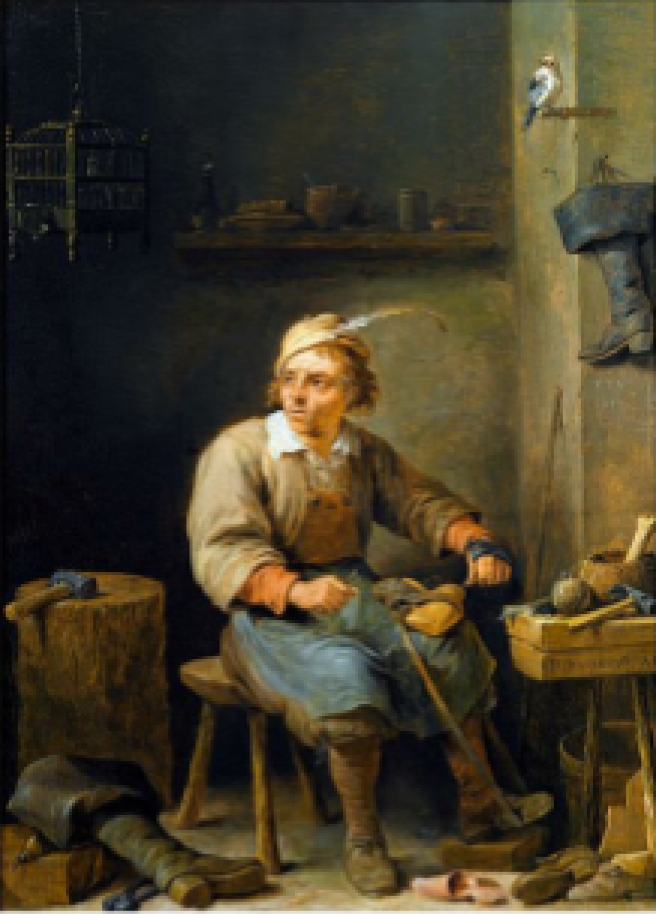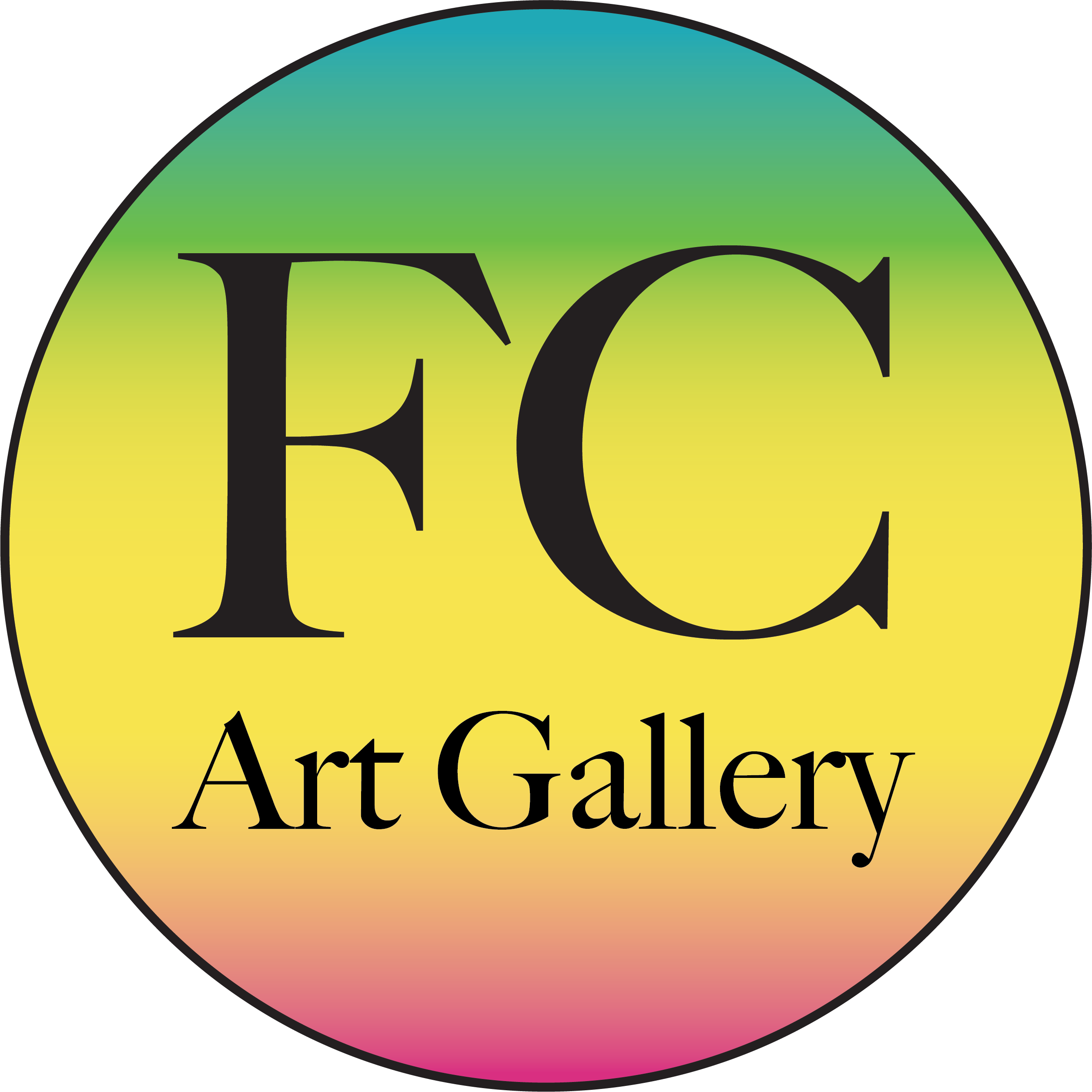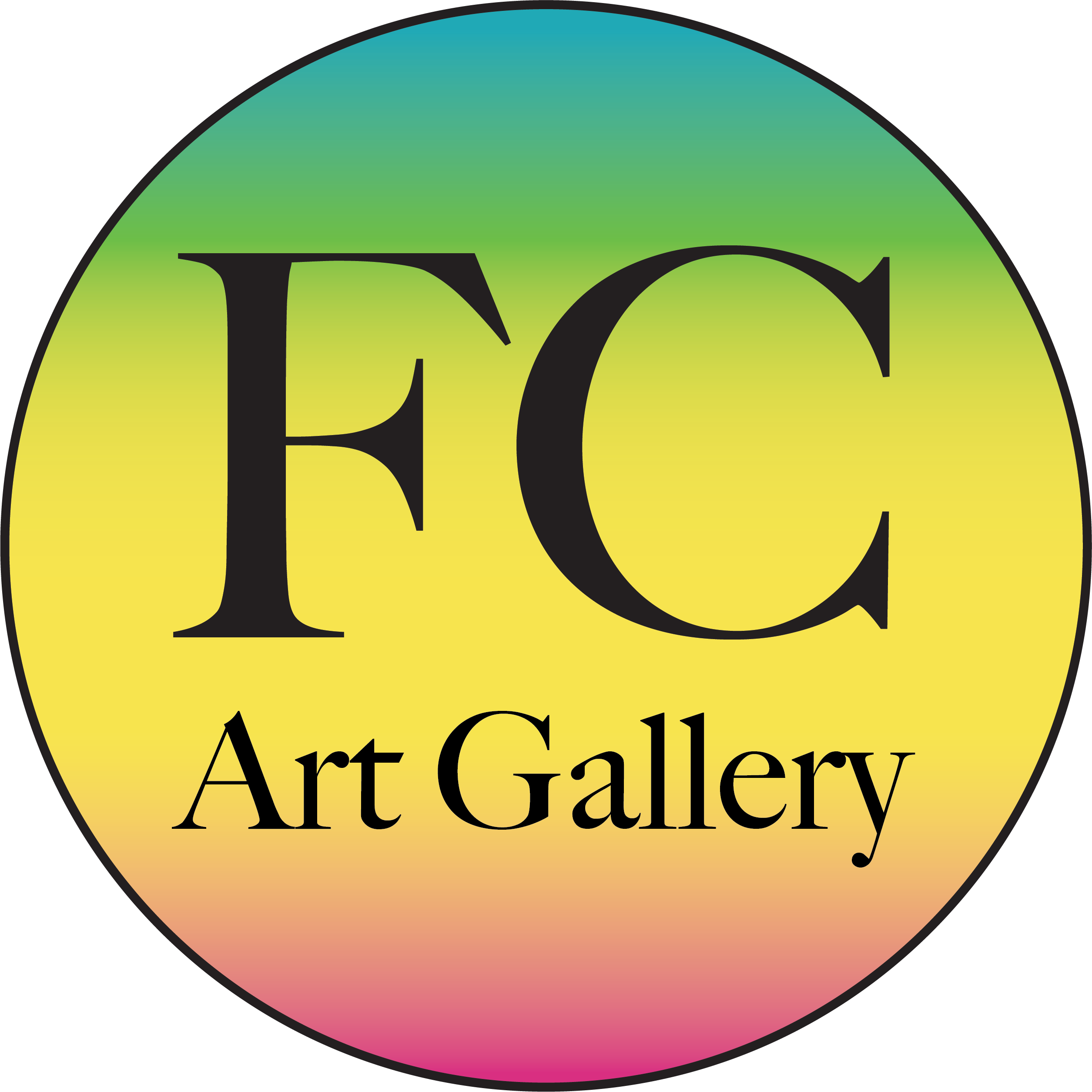See this artwork in the Still Life Exhibition.
This artwork is available for purchase. Please see the Price List, then contact us if you are interested.
★ ★ ★ ★ ★ ★ ★ ★ ★ ★ ★
This artwork is available for purchase. Please see the Price List, then contact us if you are interested.
★ ★ ★ ★ ★ ★ ★ ★ ★ ★ ★
sleepy witch city
mixed media; weighted pencils on Strathmore drawing pad, digitally colored in Procreate
ART 182 - Foster
Drawing
See this artwork in the Places Exhibition.
★ ★ ★ ★ ★ ★ ★ ★ ★ ★ ★
An Evolution of Humor in Art
essay
ART 113 - Debin
"This assignment requires that you visit (in today's circumstances, virtually) an art museum that displays art related to ... the course..... [Imagine] that you are a curator ... choose three artworks to be displayed together. Your exhibition should be cohesive, ie. choose a theme, medium, style ... that links the images together, particularly if they are linked in unusual or unexpected ways. You will write a 4-5 page paper explaining [your exhibition's theme] and analyzing each of the three artworks in detail. Include formal and iconographic analysis [and] any relevant historical context, based on what you've learned in the readings and overall course."
★★★ ART HISTORY AWARD - 1ST PLACE ★★★
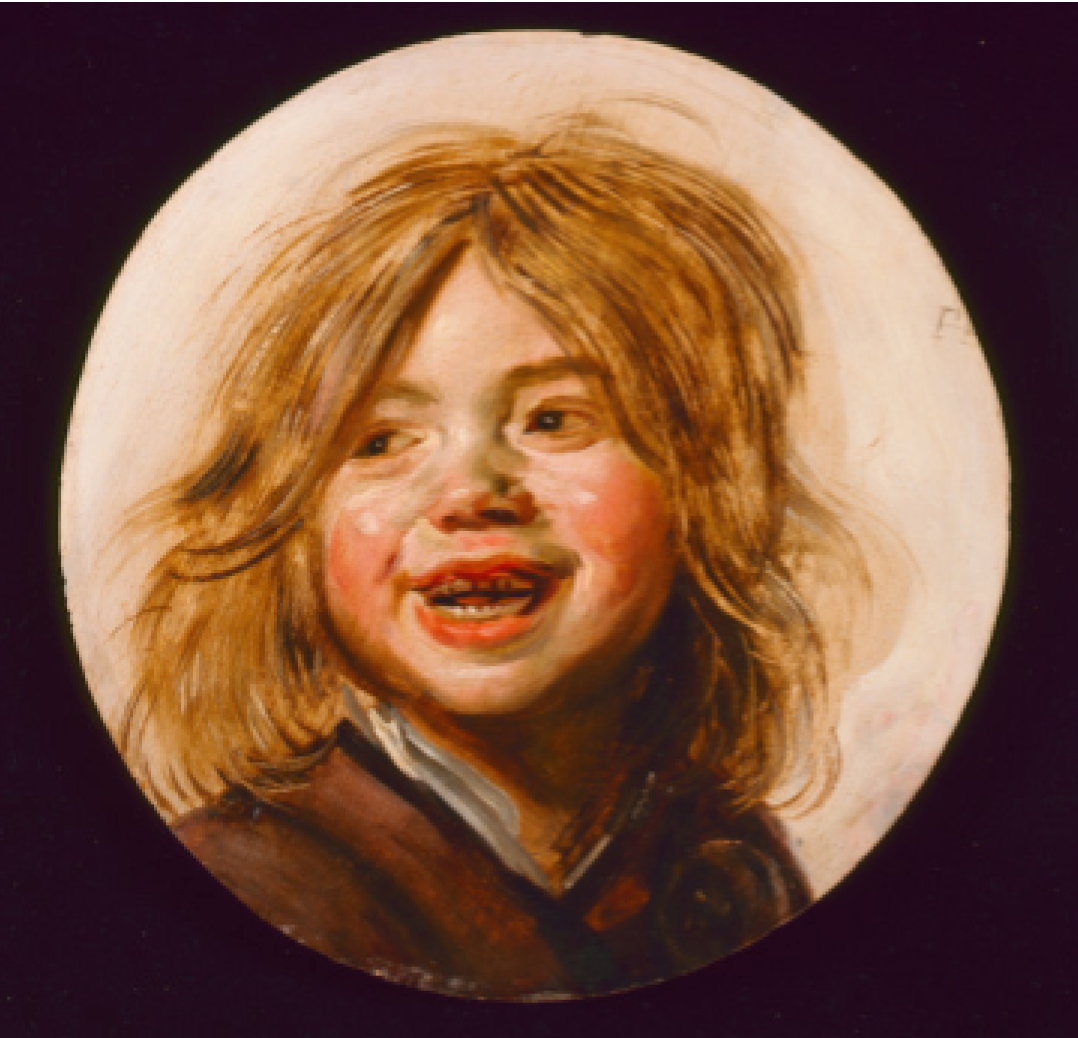
Frans Hals, Laughing Child, c.1620-1625, oil on canvas
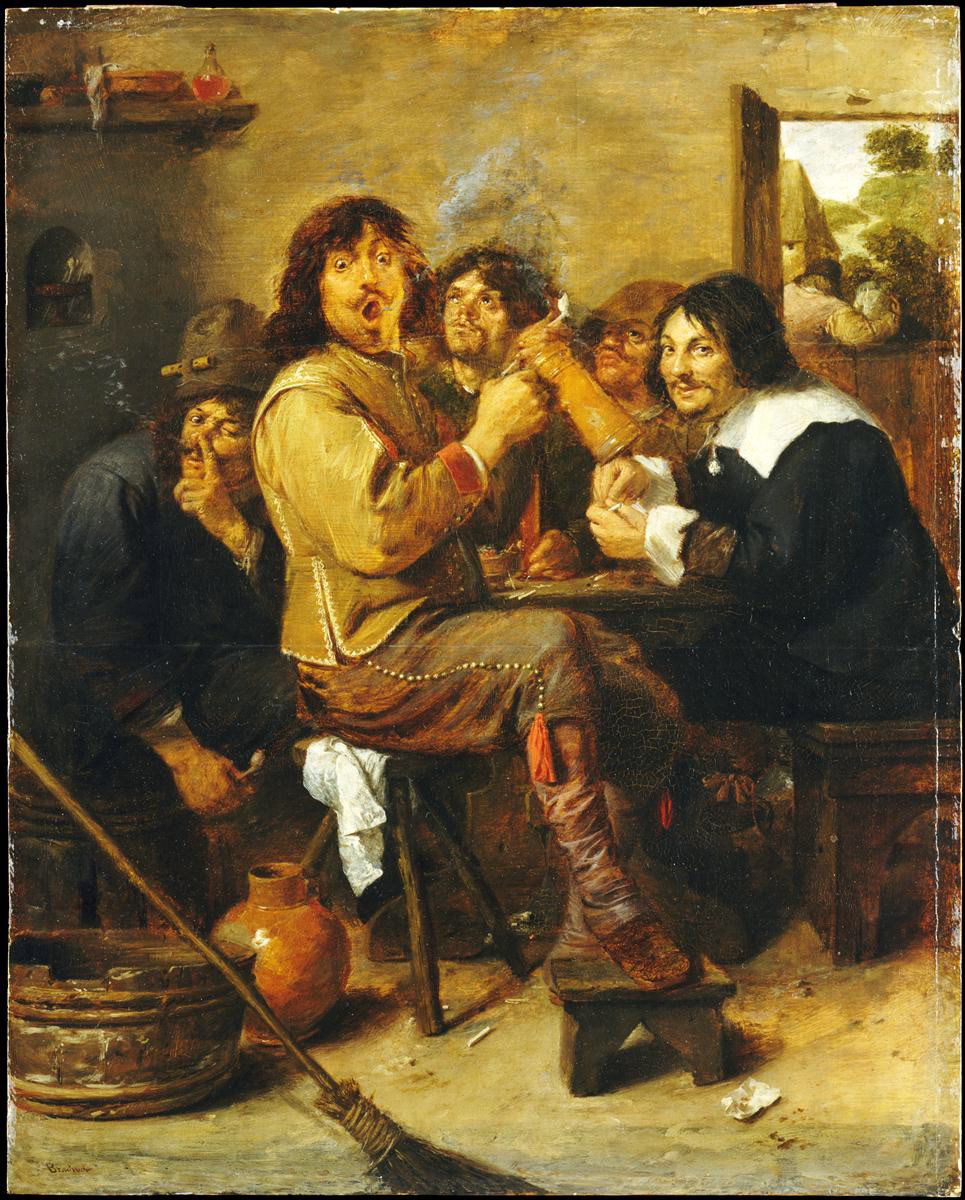
David Teniers the Younger, The Smoker, 1640, oil on canvas

Adriaen Brouwer, The Smoker, 1936, oil on canvas
Humor is a funny thing. As insignificant as it may seem, the vitality of humor is evident in our biology. I am not just talking about the funny bone; as humans, we have a unique call that signifies when something is comical: laughter. Though other animals have been shown to respond to humor, we are the only species that produces this distinctive reaction when amused. Laughter decreases stress, improves autoimmune efficiency, and even increases blood flow throughout the body. Along with this, humor connects to an innocent kind of nostalgia, a sense of childlike wonder - perhaps because humor naturally occurs to us very early on in life. Babies begin laughing as early as twelve weeks old, significantly sooner than they begin talking (around twelve months). So, though some may argue comedy is irrelevant, our physiology makes it clear that humor is an integral part of our character and, moreover, imperative to the human condition.
The intersection of art and comedy has an interesting history. Though contemporarily commonplace, depiction of silly curiosity and the simple life are themes that had to be fought for despite their ubiquity. This exhibition, showcasing works from Frans Hals, David Teniers the Younger, and Jean-Baptiste-Siméon Chardin featured in the Los Angeles County Museum of Art’s (LACMA) online collection, demonstrates how 17th and 18th century artists paved the way for the modern convergence of humor and art. These artists helped develop and inspire new genres of art focusing on the playful, lighthearted tendencies of humanity during pious and aristocratic dominion of art culture. Their works are unified in their appreciation of the undecorated, ‘commoner’ life and in how they depict or evoke our sense of humor.
The first painting in our collection is an oil painting from Frans Hals titled Laughing Child (c. 1620-1625). Hals was a portrait painter who lived during the Dutch Golden Age. Like many other Baroque period painters outside of Italy, he was mostly commissioned by the wealthy as well as the new Protestants who had moved north to flee the Counter-Reformation of the Catholic Church. Hals is known for his loose, visible brushwork - a unique element to behold in early Baroque artwork, when many artists still held the belief that visible brushwork is an artistic flaw. This is not the only way Hals challenged the values of his time period; because art of the Dutch Baroque was largely funded by the affluent, art was principally produced as a display of opulence. Portraiture of the Baroque and the eras leading up to it typically depicted subjects with rich fabrics, jewels, and other treasures to convey status. Hals’s portraiture focused on a wide range of subjects, including the ‘common folk’, which would later inspire peasant genre artwork - art that revealed the unidealized, simple life of the lower-class.
Laughing Child is a circular oil portrait from the Baroque era which pictures its eponym. Hals uses vibrant colorwork to bring his subject matter to life. The mellowed, cherry tones and happy, yellow hues exude an aura of optimism that serves to complement the humorous, youthful nature of his subject. By painting the child in undecorated, ‘peasant’ clothing, Hals sacrifices Baroque norms of intricacy and embellishment to highlight the character and personality of his model. He utilizes schematic painting techniques to create an expressive, abstractive representation of innocent fun. His portraiture is fairly reminiscent of French Rococo art for the reason that Hals was inspired by coetaneous Flemish painter Peter Paul Rubens. Rubens would later inspire the Rubéniste school of thought which propelled artistic ideology during the French Rococo (Late Baroque).
The second painting in our gallery is The Smoker by David Teniers the Younger (or, David Teniers II). The Smoker is a Baroque-era oil painting created circa 1640. It pictures a young man shooting a dramatic, shocked look at the viewer - perhaps you are an old friend he is excited to see, or perhaps he is stunned you have walked in on the scene. He holds a beer in his hand and a cigarette in the other. Smoke curls in thin plumes beside his head and glass. In the background, a surly man pays you no mind, smoking from his pipe. Teniers II accomplishes a sense of drama typical of Baroque pieces in his theatrical sense of lighting, bold color palette (rich ambers, olives, and blacks), and clear, distinguishable subject matter though, in a unique way, he dissipates this tension with his quirky thematic content. His ability to evoke an overarching emotion - in this case, humorous surprise with his art was the paramount goal of many Baroque artists.
Teniers II was a Flemish court painter recognized for developing the peasant genre of art as well as his loose, feathery brushwork (similar to that of Hals’s) and depictions of simple fun. He is known for his focus on human inanity: smoking, drinking, gaming. Adriaen Brouwer, a contemporary Flemish painter, had been a large influence on Teniers II. The Smoker is actually Teniers II’s reimagination of Brouwer’s The Smokers. Like Teniers II, Brouwer is known for his vivid depictions of tavern scenes smoking, drinking, music making, fighting, card games - and is credited for his contributions to the development of tronie genre art (exaggerated facial expression artwork). Brouwer’s impact on Teniers II’s work is obvious in The Smoker’s overemphasized facial expressions, which is reminiscent of the aggrandized facial expressions in Brouwer’s tronies. Like his inspirator, Teniers II sought to capture the uncomplicated essence of human absurdity by marrying aspects of comedy and art. Teniers II’s portrayals of decadence and his loose, coloristic art style would later serve as inspiration for future generations of Flemish genre painters as well as later French Rococo artists, including Antoine Watteau (the
‘father’ of Rococo art).
The third and final painting featured in our exhibition is a piece from
Jean-Baptiste-Siméon Chardin, Les Bulles de Savon (Soap Bubbles) (c. 1739). Interestingly enough, among the French Rococo artists Teniers II would go on to motivate was Chardin. Chardin studied Teniers II’s work, even going on to emulate thematic and compositional elements of Teniers II in his own paintings (see the side-by-side comparison of Chardin’s The Canary and Teniers II’s A cobbler in his workshop). The French Rococo occurred during an age of impending revolution; the indulgent decadence of the French aristocracy exposed their ignorance and obliviousness to the lower-class. With the wealthy being the primary patrons of the arts, it was typical for Rococo art to express a kind of easygoing, luxurious extravagance that mirrored the attitude of the upper-class. Despite being a French Rococo artist, Chardin’s artistic style did little to reflect the explicit values of Rococo artistry - such as an emphasis on lucid color (remember the Rubénistes) and ornamentation. Instead, Chardin focused on implicit Rococo ideals by depicting themes of love, youth, and playfulness. Like Teniers II, Chardin favored painting the ‘common’ life - peasant genre art and found comfort in a simple, intrinsic type of humor. He is most notably remembered for his paintings’ sense of sentimental nostalgia.
Les Bulles de Savon exemplifies Chardin’s appeal to childlike wonder and his simple sense of silliness. A boy blows a bubble from the slender tube of a straw while his younger companion watches in awe. Beside him, another straw waits in a cup of soap; this allows Chardin’s audience to easily connect that the boy is blowing soap bubbles. The pale hues of the background draw the viewer’s eyes to the flushed pastels of the boy’s skin; it is almost as if the painting is glowing with the magic of childhood. His dramatic sense of lighting serves to enhance his subject matter - a technique derived from earlier Baroque-era artwork. The strong, parallel diagonals created by the two straws keeps the viewer’s eyes in line with his focal point.
In an online world of memes and gifs, we may take the commonality of comedic art for granted. Truthfully, the convergence of art and humor has been a gradual evolution urged by artists who dared to stray from the norm. Despite comedy’s universal comprehension, secular themes like childishness and playful wonder were gatekept by those with control over the art economy - most often, the rich and religious. It is thanks to the innovations and contributions of artists like Hals, Teniers II, and Chardin that we may exist in such a lavishly and diversely artistic world today, using art as a form of expression for the variety of characteristics that make us distinctly human.
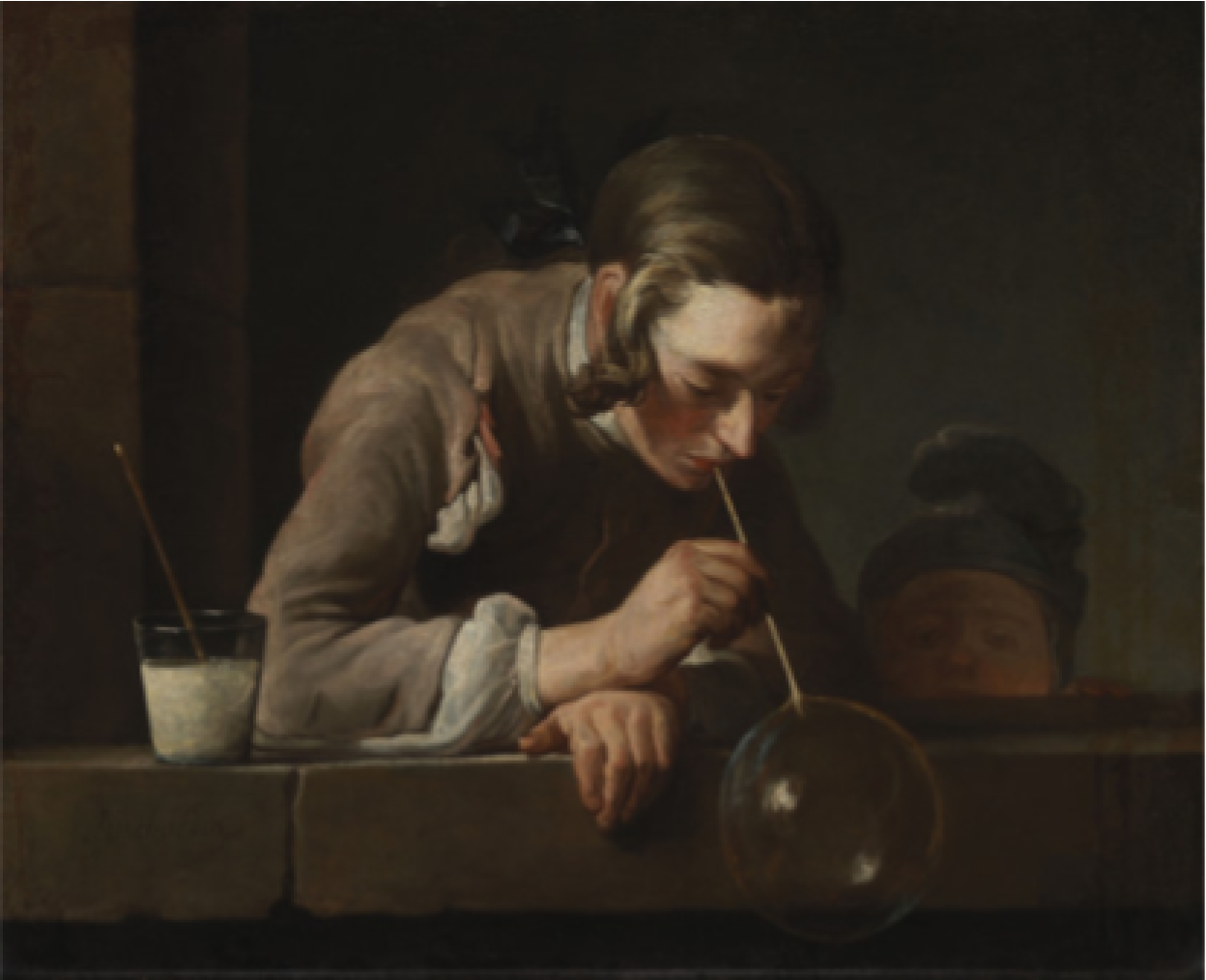
Jean-Baptiste-Siméon Chardin, Les Bulles de Savon (Soap Bubbles),c. 1739, oil on canvas

Jean-Baptiste-Siméon Chardin, The Canary, 1750, oil on canvas
